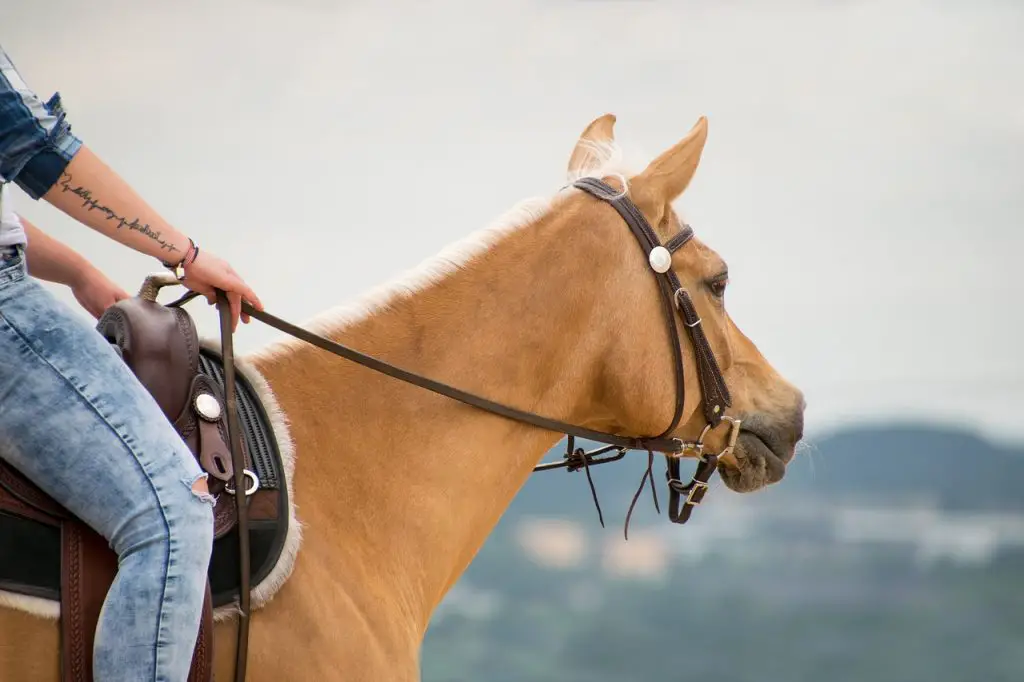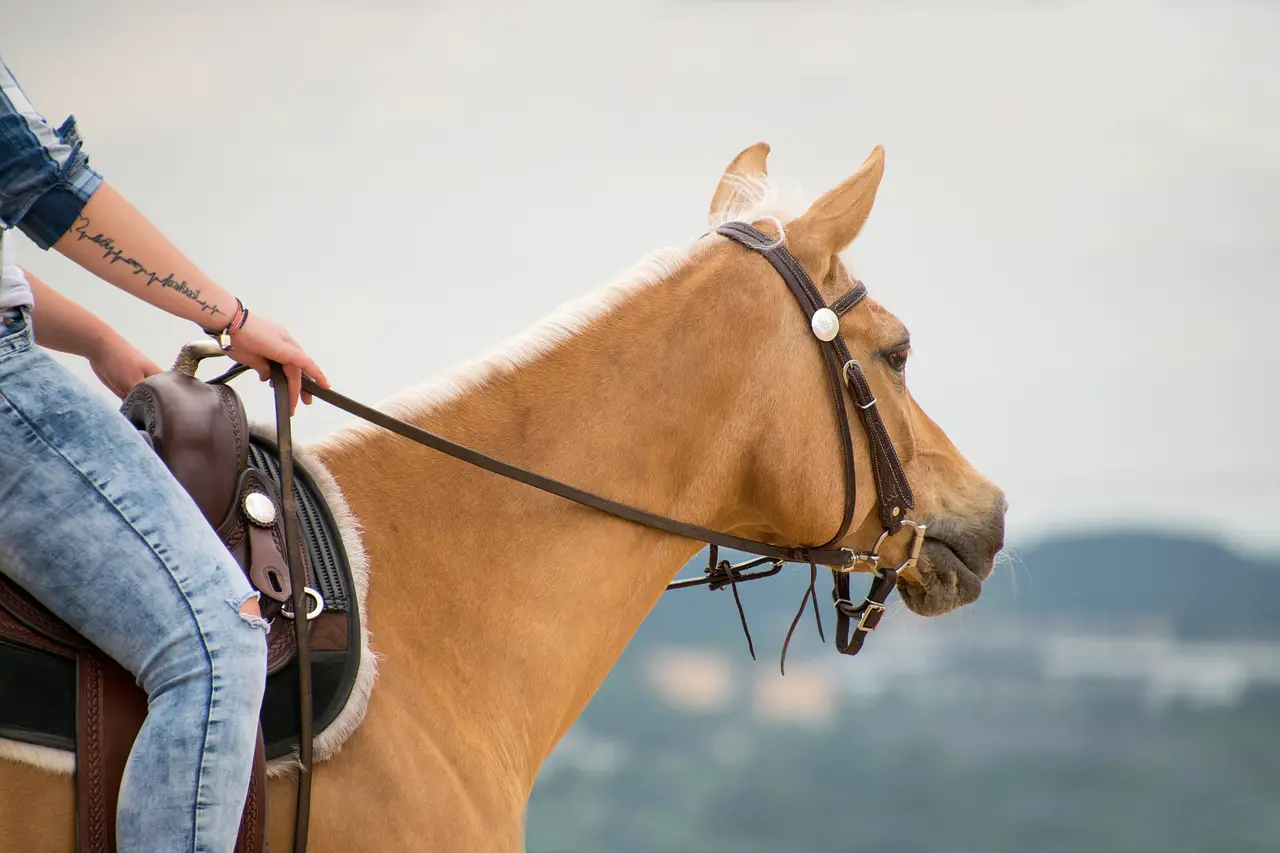Last Updated on March 26, 2022 by Allison Price
Imagine you’re in a competition when your horse refuses to jump an object or cross rail. Your horse stops abruptly and rears. This sounds awful. Unpredictably refusing jump at show or training can cause serious problems for riders. Worse, the horse can even throw the rider after the abrupt stop. This situation can also affect riders’ motivation and reduce their confidence in the saddle.
Although there are many ways to train horses to refuse to go, it is important to first determine the cause. A horse that refuses to eat often could be suffering from a serious health problem. You should examine the following to determine the true cause.
- Rider Mistakes
Most refusals are due to rider mistakes. You should examine your riding style and identify any issues that may be causing your horse to refuse to ride. Many riders use the common practice of recording a video of their riding sessions and then watching it afterwards to evaluate. You should also ask your trainer to observe you and assist you. These are the most common mistakes riders make that lead to refusals:

- Tense Rider Horses can sense anxiety in their riders. The horse will sense if the rider is too nervous in the saddle and decide not to jump. Before you mount the horse, calm your nerves. You can also check out our blog post ” How to Become a Confident Rider”
- Speed is wrong: Adjusting speed when approaching a fence can sometimes be confusing. We get you. Horses may not jump if they are unable to adjust themselves and move quickly towards obstacles. The horse may not be able clear the obstacle even if he jumps at a faster speed or slower than necessary. Many horses will refuse to jump at a slow or incorrect speed. Practice more to improve your horse’s ability to move at the right pace.
- Wrong position: Some riders jump before their horse is ready or before they reach the correct distance from the obstacle. He may refuse to jump if you lean forward too far before the horse is ready. Be sure to jump at the right time and keep an eye on the distance.
- Health Issues
Refusals can be caused by health problems. Sometimes the horse may be in pain and not even know it. The horse may refuse to jump if he is in pain. Consider how often your horse refuses to jump before you make a judgement about his refusals. If your horse is showing unusual behavior and you’re certain it isn’t due to an external cause, check these spots and make sure everything is in order.
- teeth,
- back,
- legs,
- shoeing,
- Fitting saddle and tack.
After examining all the above, if you suspect that there is a problem, consult your veterinarian or trainer.
- Specific Jumps
Horses can be frightened by some obstacles. Many horses are unable to handle triple combinations, bright fillers and water jumps. You can get a good idea of what obstacles your horse is refusing to accept by watching his refusals. You can identify the problem by observing his refusals to jump on a particular type. This will allow you to isolate the area and focus your training on those types of jumps.
- Specific Patterns
Similar to jumping, horses may not like certain patterns and will refuse to jump in the middle. You can try different patterns with your horse, and you will be able to observe when he refuses. You can focus on the problem pattern and then work with your horse to make him feel more at ease.
Once you have identified the root cause of your refusals, you may try these tips with your horse to increase confidence and allow him to feel more at ease:
- Do Different Exercises
It is good for horses to try different exercises. However, it can also be a great way to break up the monotonous jumping routine. Horses can become bored if they do the same thing over and over again. Your horse may become bored with jumping if you continue to train for it. Try different flat work methods or ask your trainer for help. Groundwork can be a great way to strengthen your relationship.
- Lower the Bar
It is possible to increase confidence by lowering the bars or reducing the height. This is a great way to boost self-esteem for the horse and rider. They will gain confidence if they are able to jump well. The jumps should not be too low to cause problems. Once you have jumped a certain height several times with success, the height can then be adjusted.
- Reward him by being patient
Riders who rush to get their horse to jump are common. It is not a good idea to rush your horse and make him run faster. He will become more confused and be more likely refuse. Don’t rush if your horse refuses to jump. Try again with a slower pace to see if your horse will jump again. Do not turn back or let him run. Encourage him to jump, and reward him for doing so.
- Practice Practice
Everything is better with practice. Practice with your horse and take your time. During your practice, focus on your strengths. We have already mentioned that you should focus on the jumps and patterns your horse is refusing to do. Practice together using different obstacles, fillers, trying different patterns. Allow the horse to gain confidence, and then let him concentrate on getting along with you.


